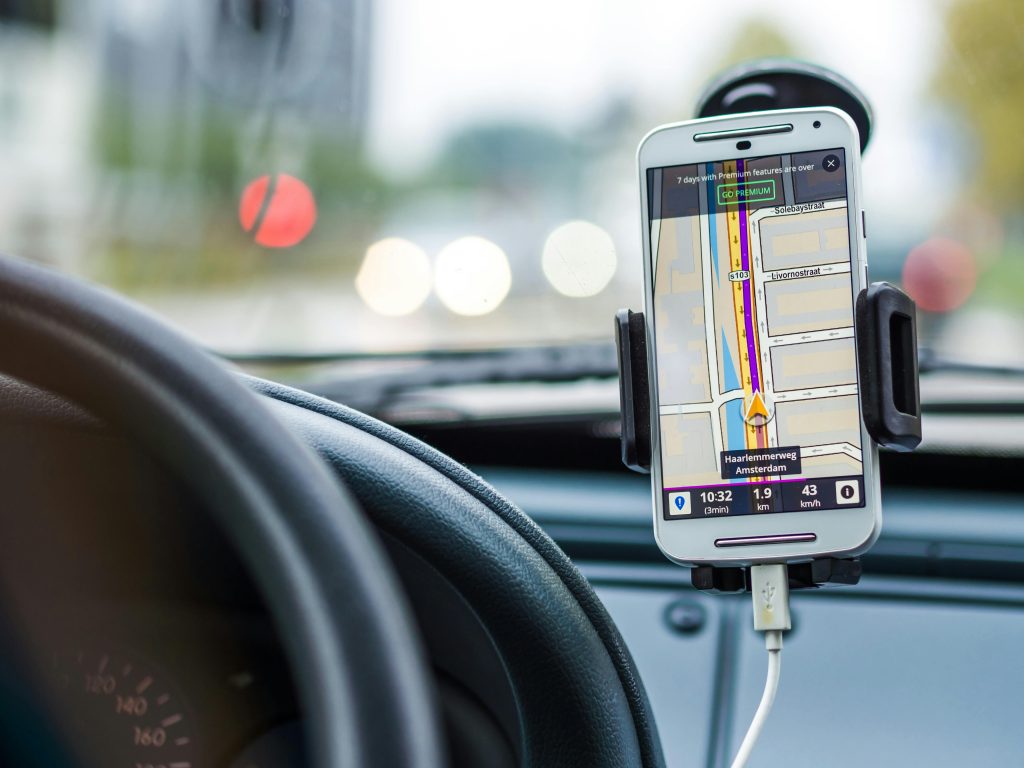Creating an Automated Video Streaming Bot for Home Surveillance in Video Conferencing Platforms
In today’s connected world, integrating live home surveillance feeds into video conferencing tools offers intriguing possibilities—from virtual home visits to remote monitoring. For tech enthusiasts aiming to automate this process, the goal is to develop a system where a camera feed from a residential environment is streamed into a video call seamlessly, without manual intervention.
This article explores the challenges and potential solutions for implementing an automated “video streaming bot” within popular video conferencing platforms, emphasizing practical approaches and technical considerations.
Understanding the Requirements
The objective is to set up a home server that captures live video from a camera in the living room and joins a video call platform as a participant, streaming this video feed continuously. Key stipulations include:
- Automating the process so that the bot can join calls without manual link creation.
- Ensuring the setup is sustainable and avoid platform restrictions or bans.
- Supporting high-quality video streaming from local camera hardware.
- Navigating network and port forwarding constraints typical in residential internet setups.
Common Challenges Encountered
- Platform Limitations and Manual Processes
Services like Google Meet, Microsoft Teams, and Zoom typically require manual creation of meeting links, which complicates automation. Additionally, some platforms impose restrictions or monitor for automated joining behaviors, risking bans or account limitations.
- Self-Hosting and Network Constraints
Open-source alternatives like Jitsi Meet provide greater control—they support bot integrations and can run within a local network. However, deploying Jitsi securely over the internet often necessitates port forwarding or reverse tunneling via tools like Ngrok or Cloudflare Tunnel.
The problem compounds when ISPs block necessary UDP ports for streaming, or when hosting on a residential network with dynamic IP addresses. Support for UDP is critical for smooth video quality, and many tunneling services have limited or no UDP support.
- Limitations of Cloud Hosting and Hardware Compatibility
Hosting a server in the cloud (e.g., Azure, AWS) simplifies access but introduces latency and hardware integration issues, especially when capturing video from local Wi-Fi cameras. Directly connecting local cameras to cloud servers can be complex and might require additional hardware or network configurations.
Potential Solutions and Best Practices
While no one-size-fits-all solution exists, here are avenues worth exploring:
1. Use of Open-Source Video Conferencing Tools
- Deploy Jitsi Meet on a self-hosted server within your local network or in a cloud environment.
Share this content:



